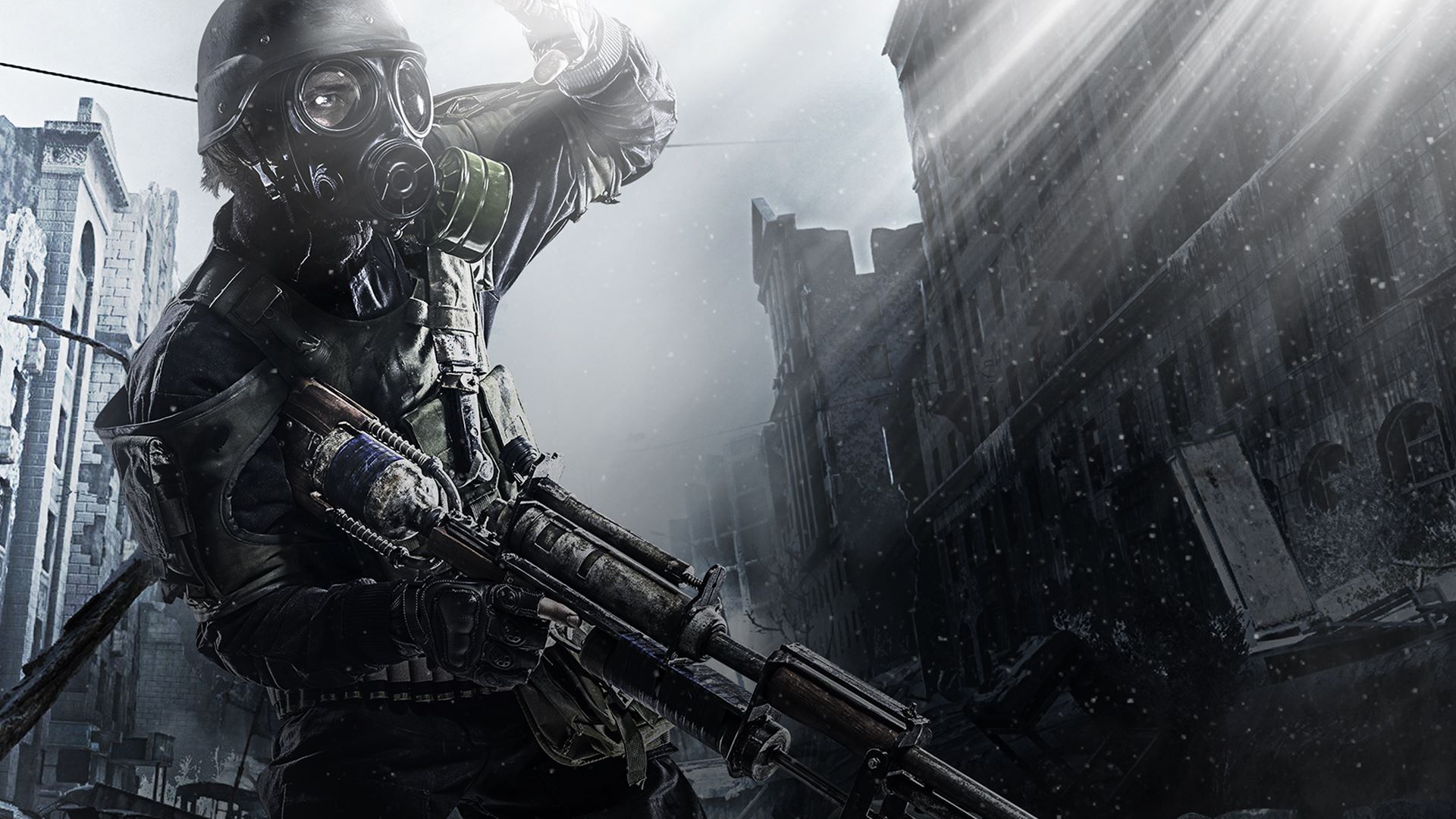When anyone talks about the most underrated games of the past decade, the Metro games are bound to pop up.
Metro is a first-person survival horror game series based on the book series of the same name by Russian author Dmitry Glukhovsky, developed by Ukrainian game studio 4A Games and published by Deep Silver. Metro 2033 and Metro Last Light came out in 2010 and 2013 respectively, well received by both critics and fans for its atmospheric world and the improvement of survival horror genre mechanics. The games were criticized, however, for the wonky artificial intelligence which now seems to be the staple of the series. As Exodus approaches near, we take a look back at what made the series great.
The World of Metro
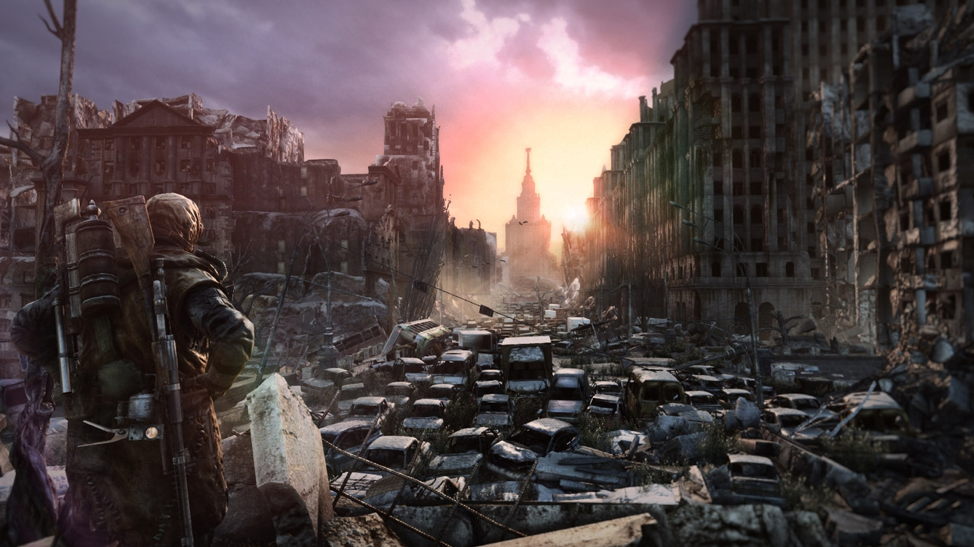
The Metro games take place in post-apocalyptic Moscow, 20 years after the Great War of 2013. The surface world has become devastated and poisonous, so the remaining population retreats into the underground metro tunnels in order to survive. The people build makeshift towns in order to protect themselves from the fallout and use military grade ammunition as currency. The nuclear destruction gives birth to mutants, scientific anomalies and the Dark Ones and along with bandits, the communists of the Red Line and the Fourth Reich, they pose a substantial threat to the survivors.
You take the role of Artyom who is sent to deliver a message to a neighboring station after his station gets attacked by mutants. His journey through the cold wastelands and musty sewers in this bleak and visually lavish world which aptly depicts mankind at its worst is one to experience.
Weapons, Survival and Deadly Environments
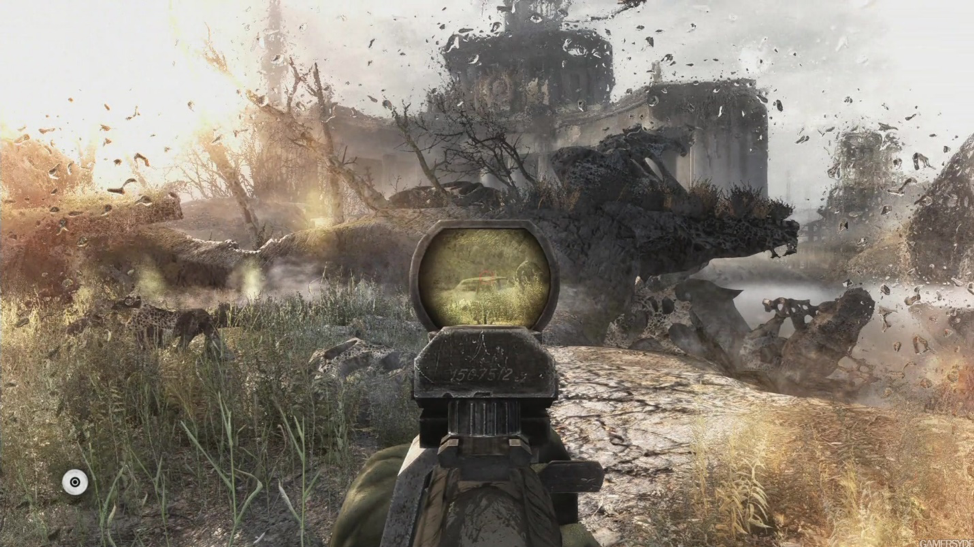
Metro 2033 and Metro Last Light are essentially linear first-person shooters, but they both have their unique modes. The player is equipped with 3 weapon slots and can carry 4 different types of throwables.
The most crucial tool in Metro is the player’s gas mask which must be worn in radiated areas or while exploring the surface.
The player must collect and replace mask filters to keep his air pure and be wary of the mask getting damaged during battle. Artyom also has his universal charger which he can use to power his flashlight and night vision goggles.
The weapons are makeshift and some of the more pneumatic weapons such as pellet shooters, must be pumped before firing. The variety of weapons and customization is limited but the games make up for it in their uniqueness. The HUD is almost non-existent and there is no mini-map, so you have to utilize your trusty compass, lighter and diary entries to navigate which makes the games more immersive. Certain actions and choices throughout the games provide the player with Karma and this influences the games’ endings based on the good or bad karma gained.
2033’s Survival Mode make you conserve your ammo and med kits; mask filters are scarce, and the game is much more dependent on stealth.Last Light’s Spartan Mode is much more action oriented as ammo and med kits are abundant and the enemies are much easier to gun down.
The Metro series is no lightweight when it comes to scares as it is not afraid to swarm you with enemies, impeccably utilize jump scares and psychological torment in its claustrophobic environment.
“It appears that the devastation we brought upon ourselves was complete; Heaven, Hell and Purgatory were atomized as well. So, when a soul leaves the body it has nowhere to go, and must remain here, in the Metro. A harsh, but not undeserved atonement for our sins, wouldn’t you agree?”
– Khan Aitmatov
Game Engine and Sound Direction
The 4A Engine which is used for all the games comes with its unique volumetric fog, lighting and particle effects, sub-surface scattering for characters and parallax mapping which gives the game a greater geometric detail. The engine makes most of PhysX as water, dust and mud can gather or splash on your gas mask, which can be wiped, and most environmental objects can be destroyed to give you an advantage in combat. The engine also features realistic blood, cloth and fire simulation.
The sound design is outstanding with advanced spatialization and attenuation technology accompanied by chilling soundtracks by Alexey Omelchuk that compliment the haunting backdrop.
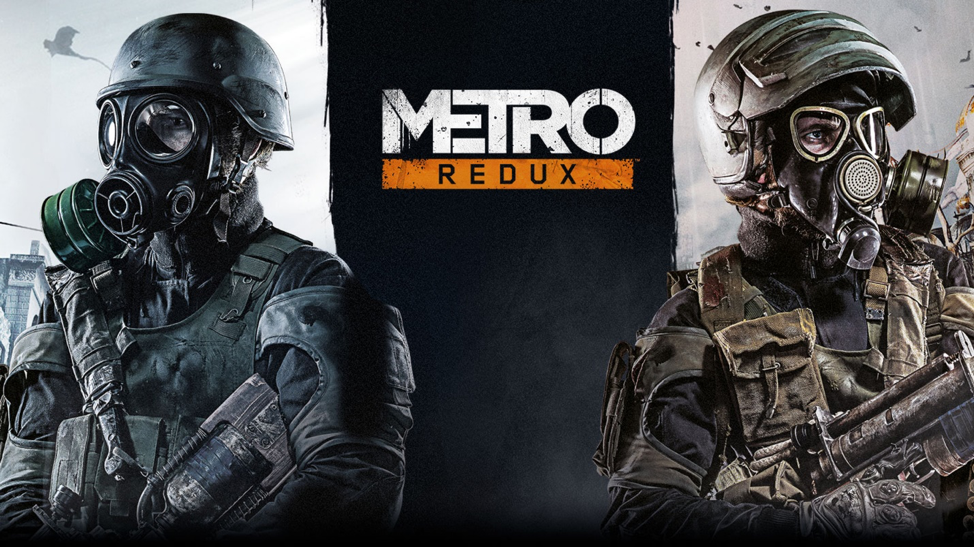
In 2014 developers released Metro Redux, which remastered the duology and included all the DLC and gameplay modes for both games. Redux brought vast graphical improvements such as new textures, animations, lighting, weather effects, reworked cutscenes and gameplay mechanics. The Redux editions are undoubtedly the best way to play Metro.
“The number of places in paradise is limited; only in hell is entry open to all.”
What’s next for Metro?
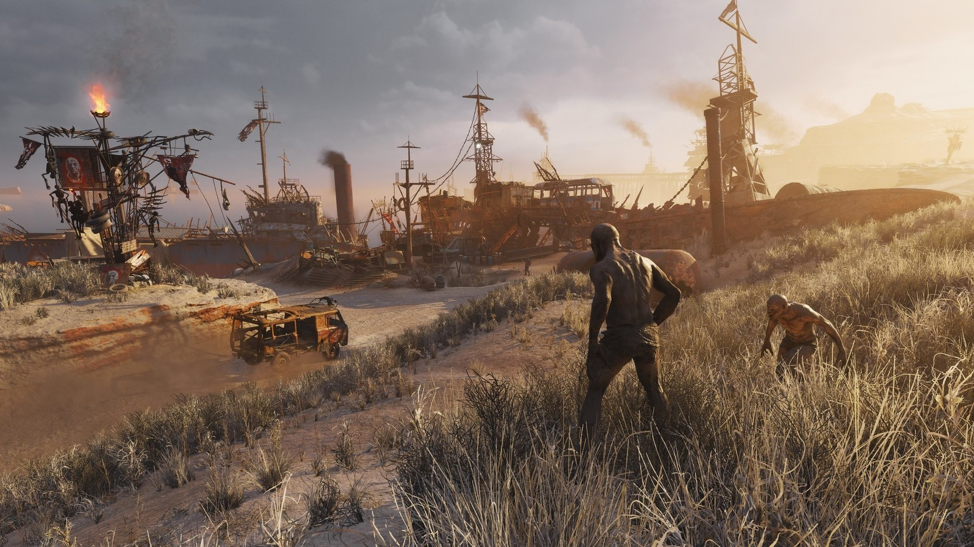
The third entry in the series, Metro Exodus, is releasing on February 16th and expands the exploration elements by implementing sandbox features as Artyom travels east on the train Aurora to various different locations in Russia. Exodus also adds a new crafting and customization system for weapons. It also includes a dynamic day and night cycle and a revamped weather system which changes as the seasons progress with the game’s storyline.
The Metro series is a rich story driven single player experience and with Exodus looking to be the best in the series yet, this is a perfect time to go back and play through the first two extraordinary games if you haven’t already.
